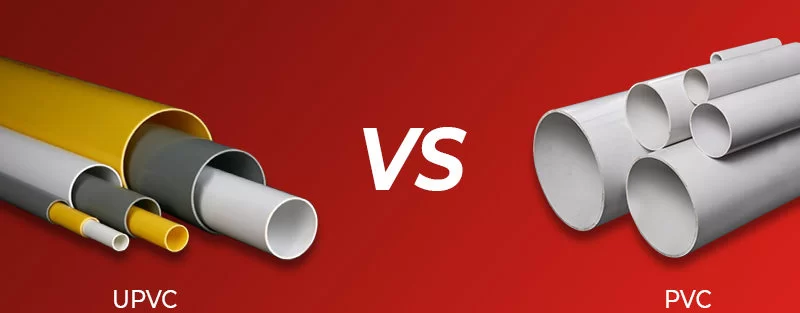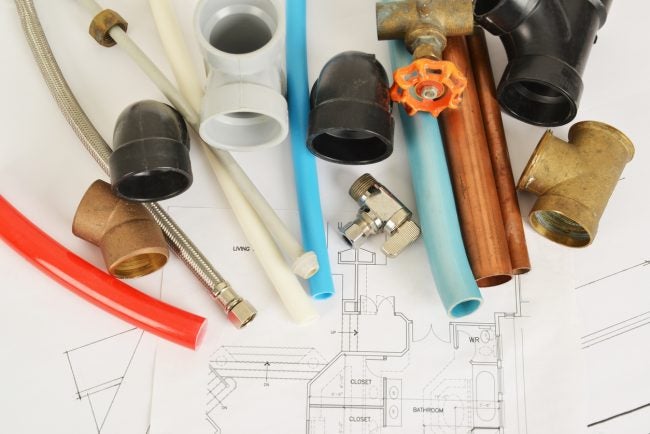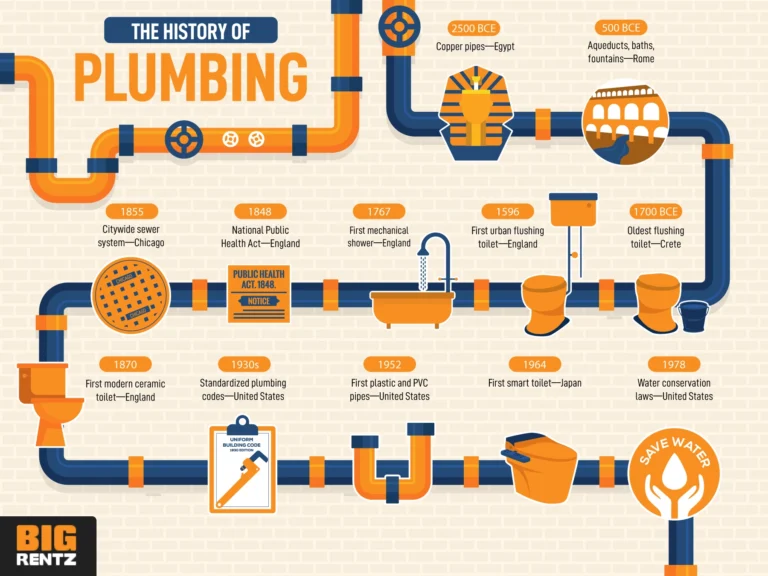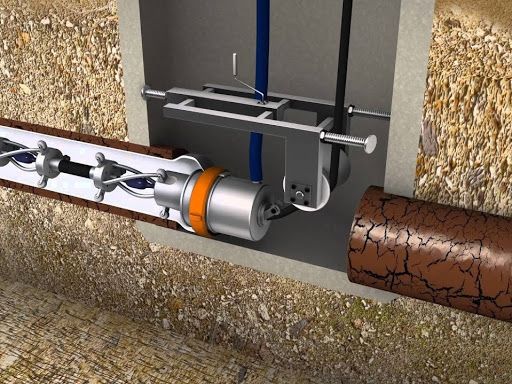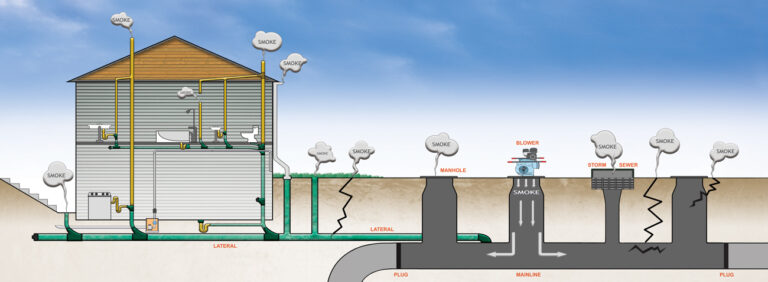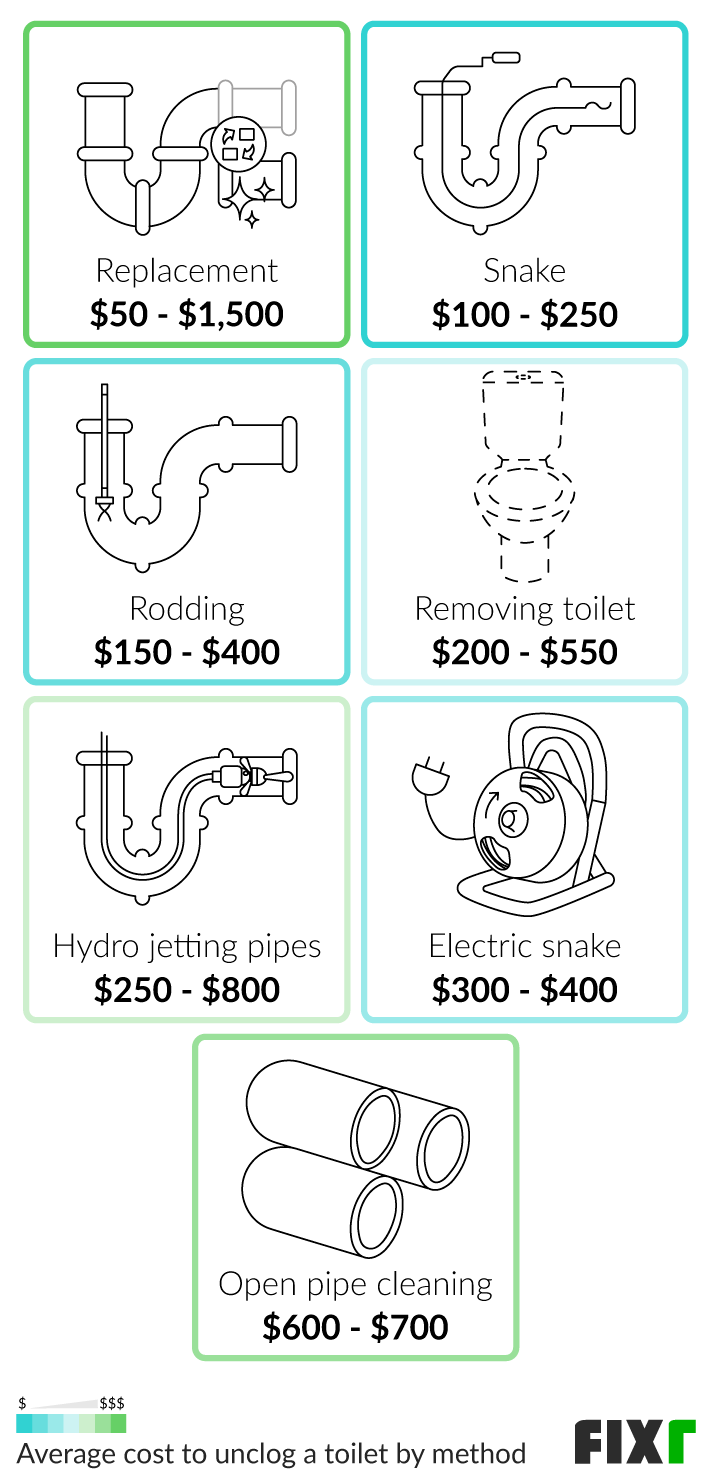What Is PVC And UPVC?
PVC and UPVC are two of the most commonly used materials in the construction industry. PVC (polyvinyl chloride) is a type of plastic that is used in a variety of applications, from pipes and fittings to window frames and doors. UPVC (unplasticized polyvinyl chloride) is a variation of PVC that has been formulated with additives, such as stabilizers and lubricants, to make it more durable and weather-resistant. Both materials are cost-effective, easy to install, and require little to no maintenance. They are also resistant to corrosion and can be used for a variety of applications, including plumbing, electrical wiring, flooring, and roofing.
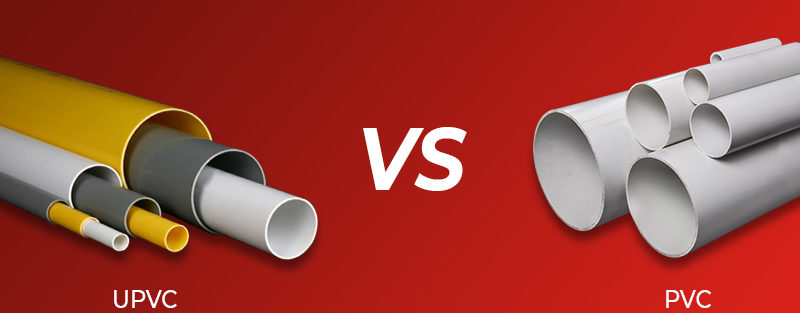
Overview of PVC and UPVC
PVC (Polyvinyl Chloride) and UPVC (Unplasticized Polyvinyl Chloride) are two of the most popular plastics used for construction and industrial purposes. PVC is made from a combination of chlorine and ethylene, while UPVC is a more durable, rigid version of PVC. Both materials are lightweight, inexpensive, and resistant to corrosion and weathering. PVC is the most widely used type of plastic in the world, and is used to make everything from piping, windows, and doors to rainwear, furniture, and medical devices. UPVC is often used for window and door frames, cladding, and roofline products, due to its durability and resistance to moisture and UV light. Whether you’re looking for a durable material for your construction project or a cost-effective choice for your industrial needs, PVC and UPVC are both great options.
Advantages of PVC and UPVC
PVC (Polyvinyl Chloride) and UPVC (Unplasticized Polyvinyl Chloride) offer a range of advantages in construction, from durability and cost-effectiveness to fire resistance and energy efficiency. PVC and UPVC are both low-maintenance materials, providing superior performance and longevity, as well as excellent impact and weather resistance. These materials are also highly durable and require little maintenance, making them a great choice for a wide variety of applications. Additionally, PVC and UPVC are environmentally friendly materials, as they are recyclable and emit no volatile organic compounds. Additionally, PVC and UPVC offer superior fire resistance, making them an ideal choice for use in fire-rated applications. Lastly, these materials are also incredibly energy-efficient, helping to reduce energy costs and improve the environmental footprint of a structure. For these reasons, PVC and UPVC are an excellent choice for a variety of construction projects.
Disadvantages of PVC and UPVC
PVC and UPVC are two of the most commonly used materials in construction and building projects. While they have many advantages, it is important to consider the potential disadvantages of these materials before using them in a project. PVC and UPVC are not always suitable for outdoor use, as they can be damaged by UV radiation from the sun. They may also be vulnerable to damage from exposure to certain chemicals. PVC and UPVC are both quite rigid materials, which can make them more difficult to work with. They are also not particularly environmentally friendly, as they are made from non-renewable resources. Finally, they can be more expensive than other materials, and they may require regular replacement due to their limited lifespan.
Manufacturing Process of PVC and UPVC
PVC and UPVC are two of the most widely used materials in the manufacturing industry. Both are thermoplastic polymers that can be softened and molded into a variety of shapes and sizes, making them ideal for a wide range of applications. The PVC manufacturing process begins with the production of polyvinyl chloride pellets, which are then melted and extruded into various shapes. UPVC is made by adding stronger and more rigid plasticizers to the PVC pellets, creating a more durable and flexible product. Both products are then cooled, cut, and shaped to meet the desired specifications. Finally, they are cured, painted, and packaged for sale. The PVC and UPVC manufacturing process is simple, efficient, and cost-effective, making it an excellent choice for a variety of manufacturing needs.
Applications of PVC and UPVC
PVC and UPVC are two of the most widely used materials in construction, manufacturing and many other industries. PVC (polyvinyl chloride) is a strong, durable and cost-effective material that is widely used in plumbing, electrical wiring, furniture, medical equipment, and many other products. UPVC (unplasticized polyvinyl chloride) is a type of PVC with added stabilizers, making it even more durable and resistant to environmental conditions. It is often used for window and door frames, rain gutters, roofing, cladding and decking. PVC and UPVC are also used in the automotive industry for flooring, interior trim, and exterior body panels. Both materials are lightweight, easy to install and require little maintenance, making them popular choices for many applications.
Environmental Impact of PVC and UPVC
Polyvinyl chloride (PVC) and Unplasticized Polyvinyl Chloride (UPVC) are widely used in many industries due to their low cost, durability, and range of applications. However, their environmental impact has been increasingly scrutinized due to the presence of hazardous chemicals in their production process and their non-biodegradability. PVC and UPVC are linked to the release of carcinogenic dioxins, toxic heavy metals, and other pollutants which can lead to long-term health problems and environmental damage. Further, PVC and UPVC are difficult to recycle and often end up in landfills where they can leach toxic chemicals into the soil and water. In order to reduce the environmental impact of PVC and UPVC, manufacturers should consider using alternative materials such as biodegradable plastics or recycled materials, and consumers should be aware of the potential harm these products can cause and look for eco-friendly alternatives.
FAQs About the What Is PVC And UPVC?
1. What is the difference between PVC and UPVC?
Answer: PVC stands for Polyvinyl Chloride, and UPVC stands for Unplasticised Polyvinyl Chloride. The difference between the two is that UPVC is stronger and more durable than PVC as it has added stabilizers.
2. What is PVC used for?
Answer: PVC is widely used for a variety of applications, such as plumbing, electrical insulation, and in construction. It is also used in the manufacturing of furniture, flooring, and other items.
3. Is UPVC environmentally friendly?
Answer: Yes, UPVC is an environmentally friendly material as it is highly recyclable and does not contain any toxic substances. It also requires less energy to manufacture than other materials.
Conclusion
PVC and UPVC are both types of plastic that have been used in a variety of applications for many decades. PVC is a durable and versatile material that has been used for plumbing, roofing, windows, and siding, to name a few. UPVC has a higher resistance to corrosion and weather damage than PVC, making it ideal for outdoor use in harsh conditions and climates. Both materials are cost-effective and provide a long-lasting solution for a wide range of projects.

